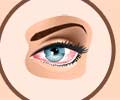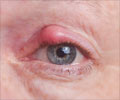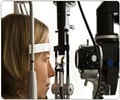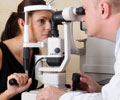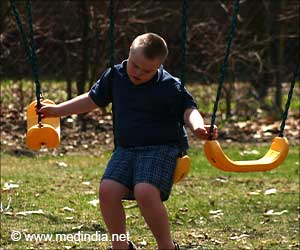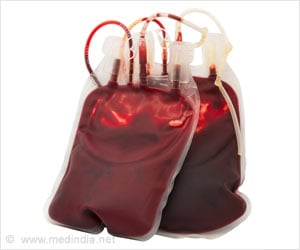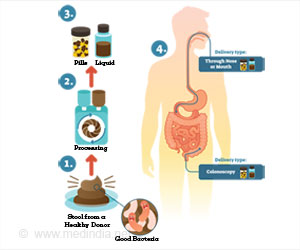Dry eye syndrome or chronic dry eye is a condition that occurs when natural tears fail to adequately lubricate the eyes. It can slow reading rate and also disrupt day to day tasks.

‘People who experience frequent dry eye symptoms such as stinging, fluctuating vision and dryness can try over the counter eye drops, but will have to undergo professional testing and diagnosis for better outcomes.’
Read More..




According to lead investigator Esen Akpek, M.D., Bendann Family Professor of Ophthalmology at the Johns Hopkins Wilmer Eye Institute, dry eye affects millions of adults in the United States, primarily those age 50 and older, causing ocular discomfort and visual problems.Read More..
"Many of my patients have perfect vision on standard eye tests but complain they cannot drive at nighttime or in unfamiliar areas, read small print or do computer work," she says. Akpek suspected that traditional, short-time 75-word eye tests for reading speed and accuracy have failed to uncover the problems dry eye causes because so-called visual acuity, or sharpness, degrades only enough to be measured after longer periods of time.
"We suspected that people with dry eye were mostly unable to sustain good reading performance because their tears can't re-lubricate their eye surfaces fast enough," says Akpek.
To test this, Akpek and her team recruited the 186 participants from the Ocular Surface Disease and Dry Eye Clinic at the Wilmer Eye Institute. All participants were age 50 or older, and had not used prescription or over the counter eye drops in the 24 hours before testing.
The group had a mean age of 63.2, 116 participants had clinically significant dry eye, 39 reported dry eye symptoms but did not have clinical findings, and 31 participants without dry eye acted as controls. Of the participants, 131 with dry eye and 23 control participants were women.
Advertisement
Sezen Karakus, M.D., assistant professor of ophthalmology at the Johns Hopkins Wilmer Eye Institute and a member of the research team, then administered a new reading study created by Akpek's colleague Pradeep Ramulu, M.D., Ph.D., associate professor of ophthalmology at the Johns Hopkins University School of Medicine and chief of the glaucoma division at the Wilmer Eye Institute. At 7,200 words, the new reading test is much longer and takes participants about 30 minutes to complete.
Advertisement
Akpek says the team also found that sustained visual function--such as reading, driving or performing surgery--is hard on everyone's eyes because it changes the blink rate, which spreads and replenishes tears over the cornea. However, the change in tempo affects people with dry eye more severely.
At the beginning and end of the experiments, Karakus collected small vials of tears from each participant for future studies that she hopes will offer clues to exact mechanisms causing this visual difficulty and possible treatments.
Akpek says the diagnosis and treatment of dry eye are often complicated, in part because many conditions may cause it, including clogged oil glands and systemic inflammation from a rheumatologic disease.
"The most effective treatments are those tailored to the underlying causes of the dry eye, the severity of the tear deficiency and a patient's activities," she says. People who experience frequent dry eye symptoms such as stinging, fluctuating vision and dryness can try over the counter eye drops, but will do best if they undergo professional testing and diagnosis.
Current treatments may include prescription drops, lifestyle and environmental changes, and surgical insertion of plugs or other procedures to increase tear production. Unfortunately, dry eye is much misunderstood, says Akpek. Many people do not relate their eye discomfort symptoms, such as stinging or fluctuating vision, to dry eye. Many more self-treat with over the counter eye drops. However, it is easy to get tested for dry eye, says Akpek. With a simple questionnaire such as the one used in this study, or a few drops in the eye during a routine exam, any ophthalmologist or optometrist should be able to recognize dry eye and refer patients for treatment. In the future, Akpek hopes to find some clues to the specific causes of this disease in the tears collected from the study participants. She would also like to repeat similar experiments in younger people to test how dry eye could be interfering with learning and work productivity.
Source-Eurekalert

